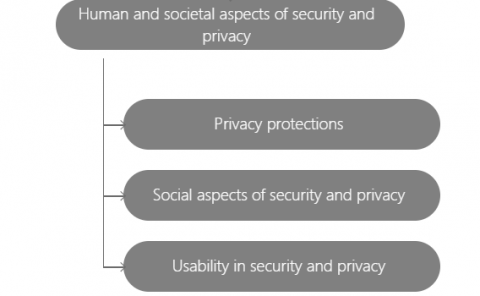Is Virtual Reality Effective for Balance Recovery in Patients with Spinal Cord Injury? A Systematic Review and Meta-Analysis
PubDate: September 2020
Teams: University of Córdoba;University of Cadiz
Writers: Amaranta De Miguel-Rubio;M. Dolores Rubio;Alejandro Salazar;Jose A. Moral-Munoz ;Francisco Requena;Rocio Camacho;David Lucena-Anton

Abstract
Virtual reality (VR) is an emerging tool used in the neurological rehabilitation of patients with spinal cord injury (SCI), focused on recovering balance, mobility, and motor function, among other functional outcomes. The main objective of this study was to analyze the effectiveness of VR systems to recover balance in patients with SCI. The literature search was performed between October and December 2019 in the following databases: Embase, Web of Science, CINAHL, Scopus, Medline, Physiotherapy Evidence Database (PEDro), PubMed, and the Cochrane Central Register of Controlled Trials. The methodological quality of each study was assessed using the Spinal Cord Injury Rehabilitation Evidence (SCIRE) system and the PEDro scale, while the risk of bias was analyzed by the Cochrane Collaboration’s tool. A total of 12 studies, involving 188 participants, were included in the systematic review, of which two were included in the meta-analysis. Statistical analysis showed favorable results for balance measured by the modified Functional Reach Test (standardized mean difference (SMD) = 3.42; 95% confidence interval: 2.54 to 4.29) and by the t-shirt test (SMD= −2.29; 95% confidence interval: −3.00 to −1.59). The results showed that VR interventions provided potential benefits, in addition to conventional physical therapy, to recover balance in patients with SCI.


